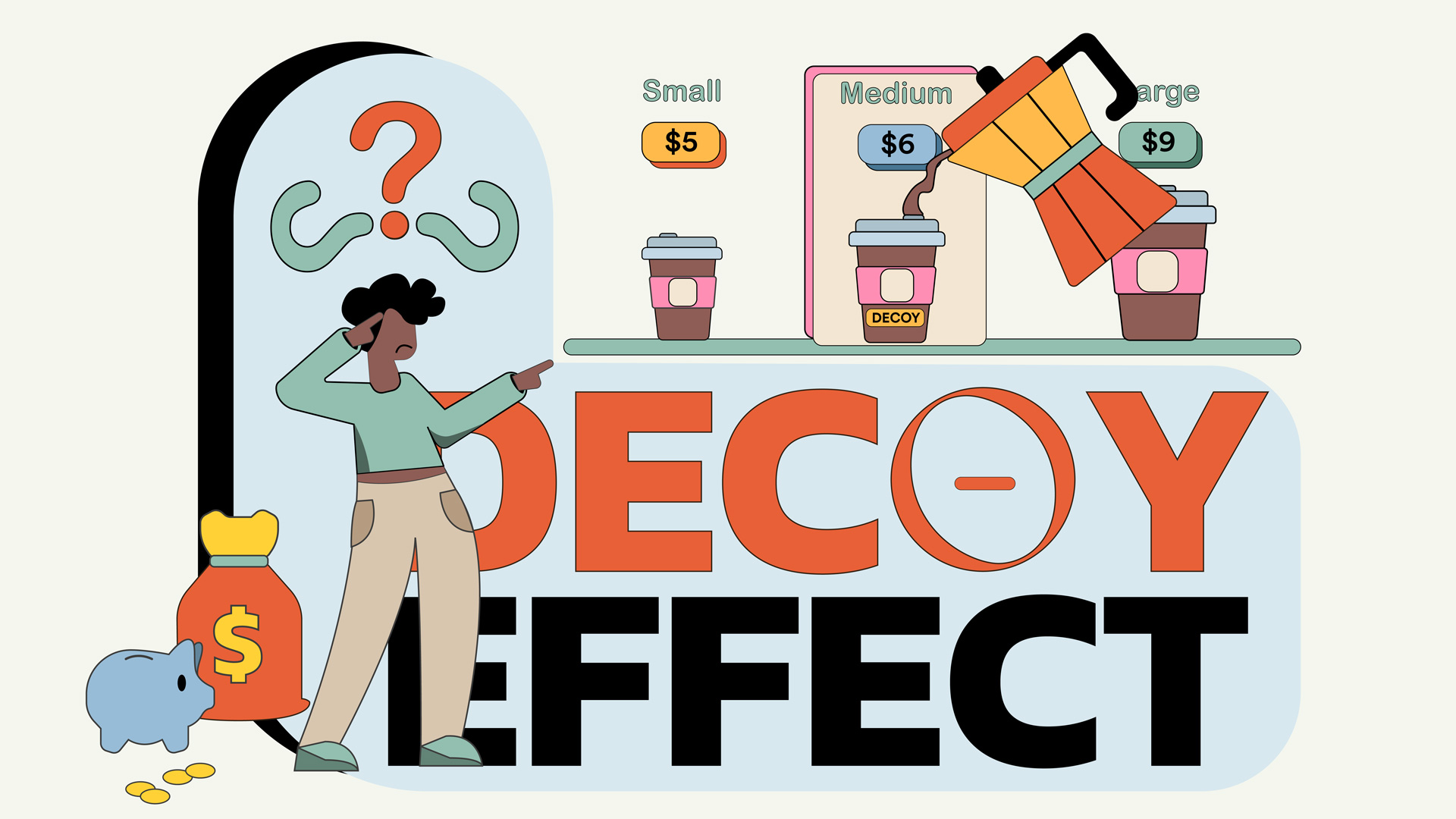Now Reading: CADDi Secures $89 Million in Funding: Revolutionizing the Manufacturing Industry
-
01
CADDi Secures $89 Million in Funding: Revolutionizing the Manufacturing Industry

CADDi Secures $89 Million in Funding: Revolutionizing the Manufacturing Industry
CADDi, a startup operating a business-to-business (B2B) marketplace for the manufacturing industry, announced that it has successfully raised $89 million in a Series C funding round. This latest funding brings the company’s total capital to $164 million, which will be utilized to scale its business and provide assistance to equipment manufacturing players.
The funding round saw participation from Existing investors such as Globis Capital Partners, DCM Ventures, Global Brain, World Innovation Lab (WiL), JAFCO, and Minerva Growth Partners participated in the investment round. Additionally, four new investors, including SMBC Venture Capital and Mitsubishi UFJ Capital, joined the round.
Although Company did not disclose its post-valuation, it has indicated that the valuation has increased since its previous funding rounds. In its Series B funding round, which took place in 2021, sources familiar with the deal estimated Company valuation to be around $450 million, as reported by TechCrunch.
Since its last fundraising effort, Company has experienced substantial growth, with its global workforce expanding from 250 to 590 employees. The startup also introduced a new platform called CADDi Drawer in June last year. CADDi Drawer is a cloud service powered by artificial intelligence, designed for managing drawing data.
Also Read :- Uber versus Netflix: Comparing New Market Entry Strategies
How CADDi Manufacturing Empowers Mid-Volume Production

Yushiro Kato, the CEO and a former consultant at McKinsey & Company, and Aki Kobashi, the CTO and a former employee of Apple and Lockheed Martin, respectively, created CADDi in 2017. Currently, the startup offers two primary solutions: Company Manufacturing, a platform for parts procurement, and CADDi Drawer.
Manufacturers that engage in make-to-order manufacturing, commonly referred to as mid-volume production and high-mix-low volume production, are the main clients of Company. This approach involves manufacturers producing products after confirmed orders.
Due to volume restrictions, a problem occurs when buyers look for the best cost from low- to mid-scale manufacturing producers. To address this issue, CADDi’s Manufacturing platform streamlines procurement processes and consolidates orders to identify similar materials, processes, and suitable delivery schedules.
By leveraging this platform, customers gain access to optimal prices, a 99.83% on-time delivery rate, and a 99.96% non-defective rate, leading to a reduction of nearly 20% in manufacturers’ procurement costs, as stated by Kato.
On the other hand, CADDi Drawer provides users with comprehensive access to procurement data, including details affecting quality, cost, and delivery (QCD). The platform enables significant time and cost savings while empowering manufacturers to improve QCD through increased drawing creation. The CADDi Drawer team has been collaborating with the AI team since April to handle the information.
Unlocking Efficiency in Manufacturing: How CADDi Solves the Drawings Dilemma
Kato explained that accessing drawings can be challenging, often resulting in recreations or the inability to locate them. This situation hampers improvements in QCD, a key performance indicator for manufacturing professionals. Kato highlighted that instead of additional drawings leading to greater improvement, it often feels as if the data is lost, and individuals are forced to start from scratch each time.
Company asserts that it collaborates with 70% of Japan’s top 20 industrial equipment manufacturers by revenues for its CADDi Manufacturing platform. Notable customers of CADDi Drawer include Tokyo Electron and EBARA.
The funding secured will be utilized to enhance both CADDi Manufacturing and CADDi Drawer while expanding the company’s workforce in the United States. By 2030, CADDi wants to generate $10 billion in income from CADDi Manufacturing and $1 billion from CADDi Drawer.
Also Read :- Young Adults and Customer Satisfaction: Evaluating the 5 Factors
Kato noted that the procurement industry in the United States faces similar challenges to those in Japan, including labor shortages in the manufacturing sector and numerous ongoing mergers and acquisitions.
However, factories are not well-integrated due to different systems and standards. Leveraging the knowledge and technology developed since its inception, primarily in Japan and across various manufacturing industries, Company plans to expand into the U.S.
Also Read :- Robo-Gardener: Thriving Plants with 50% Less Water Usage












